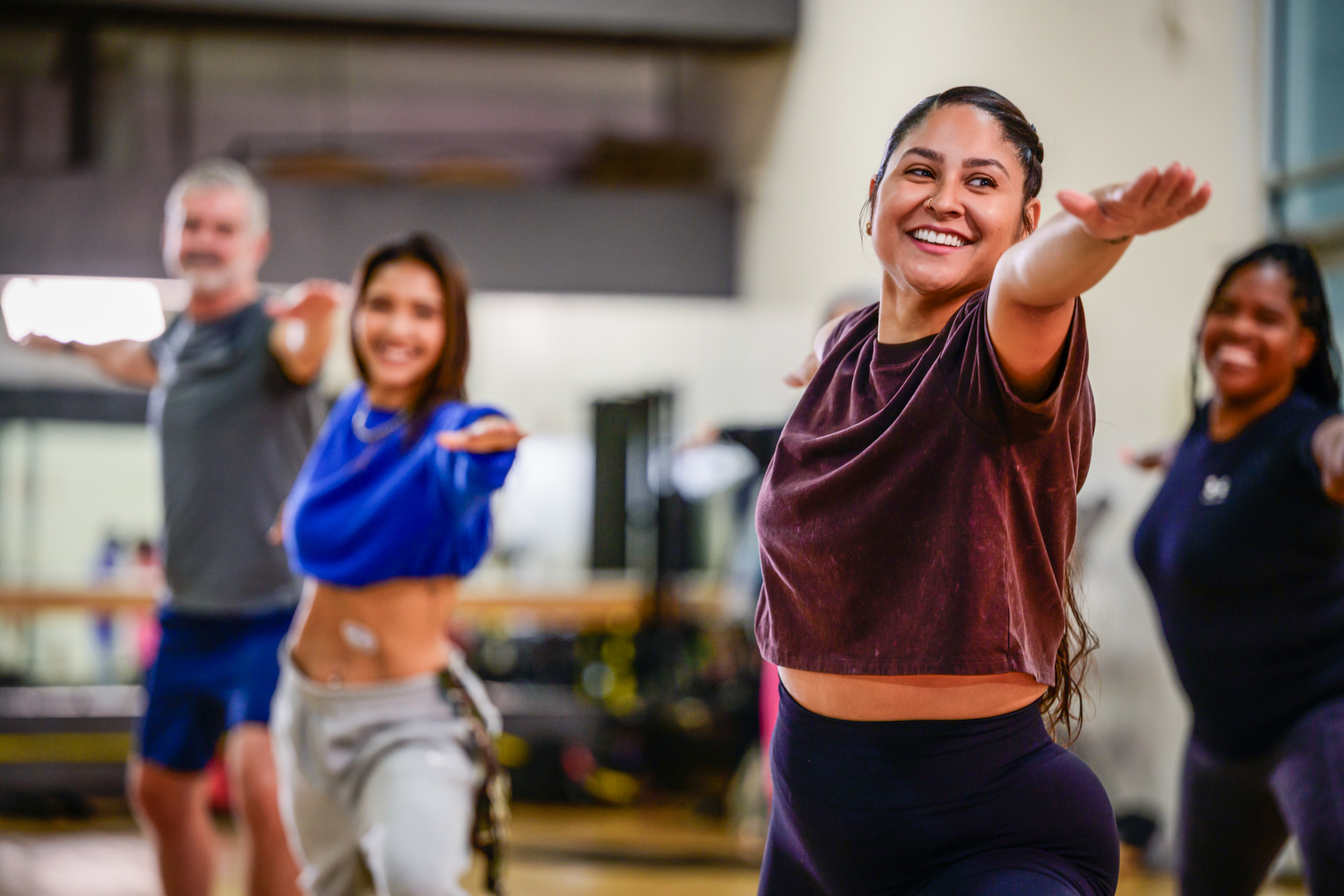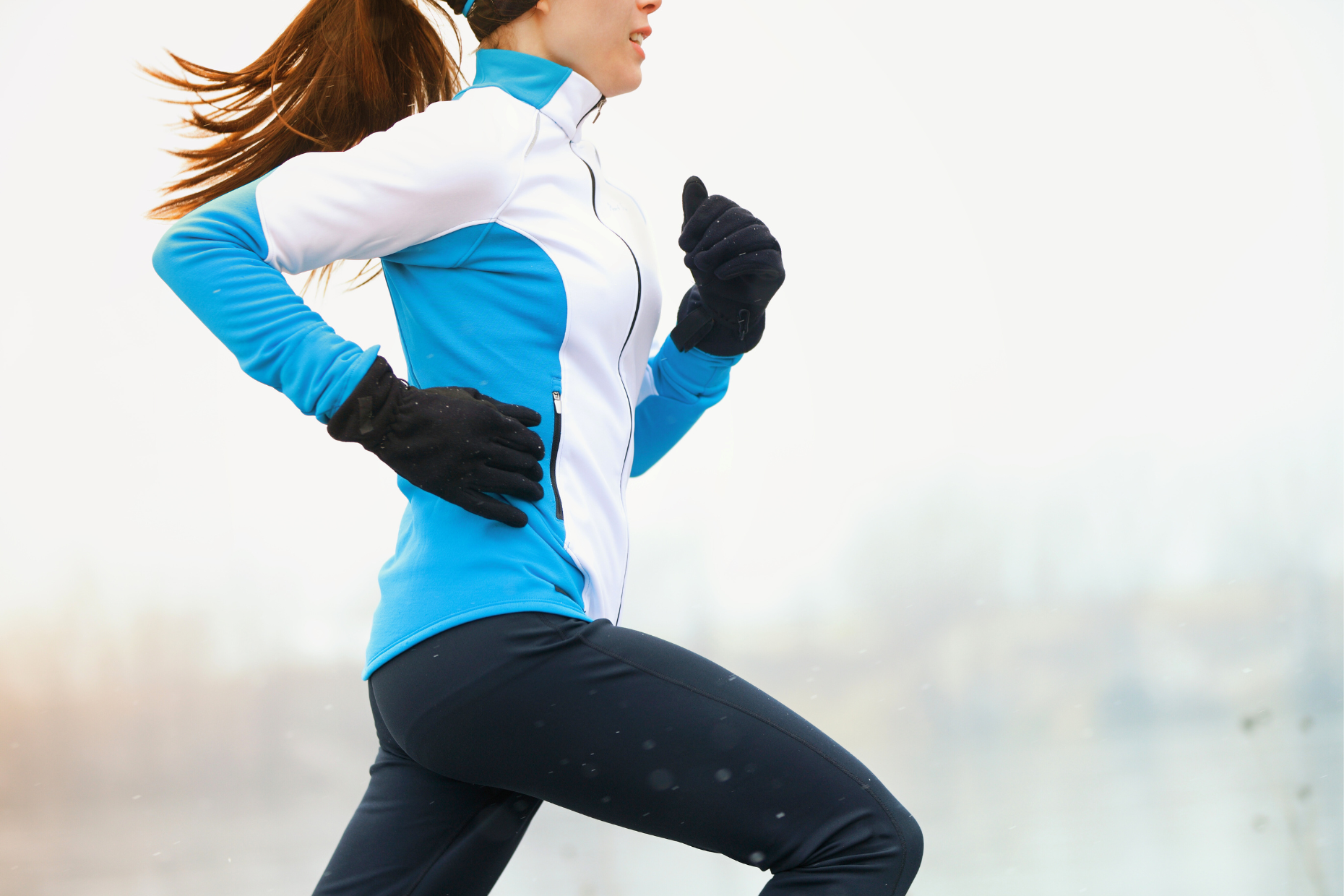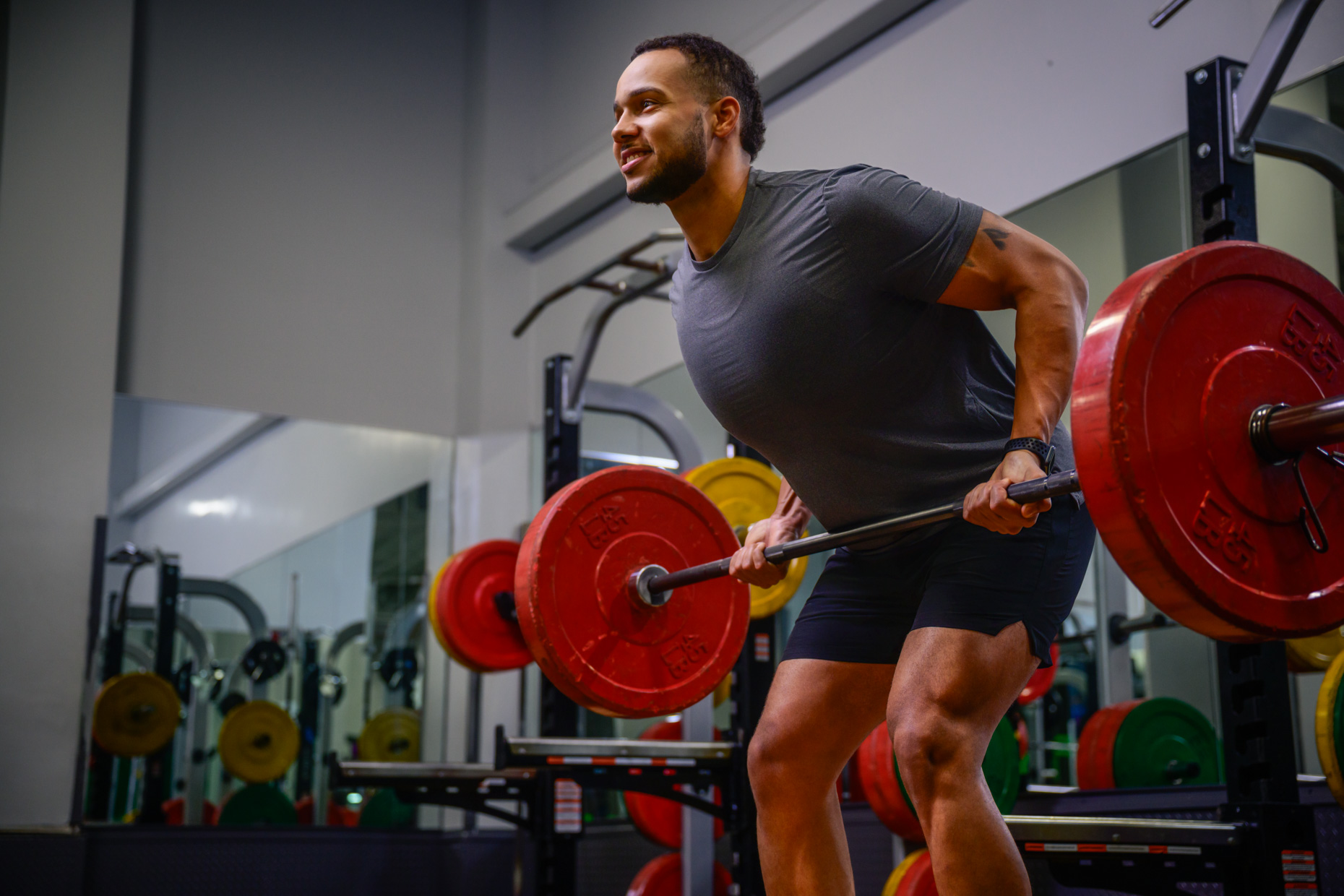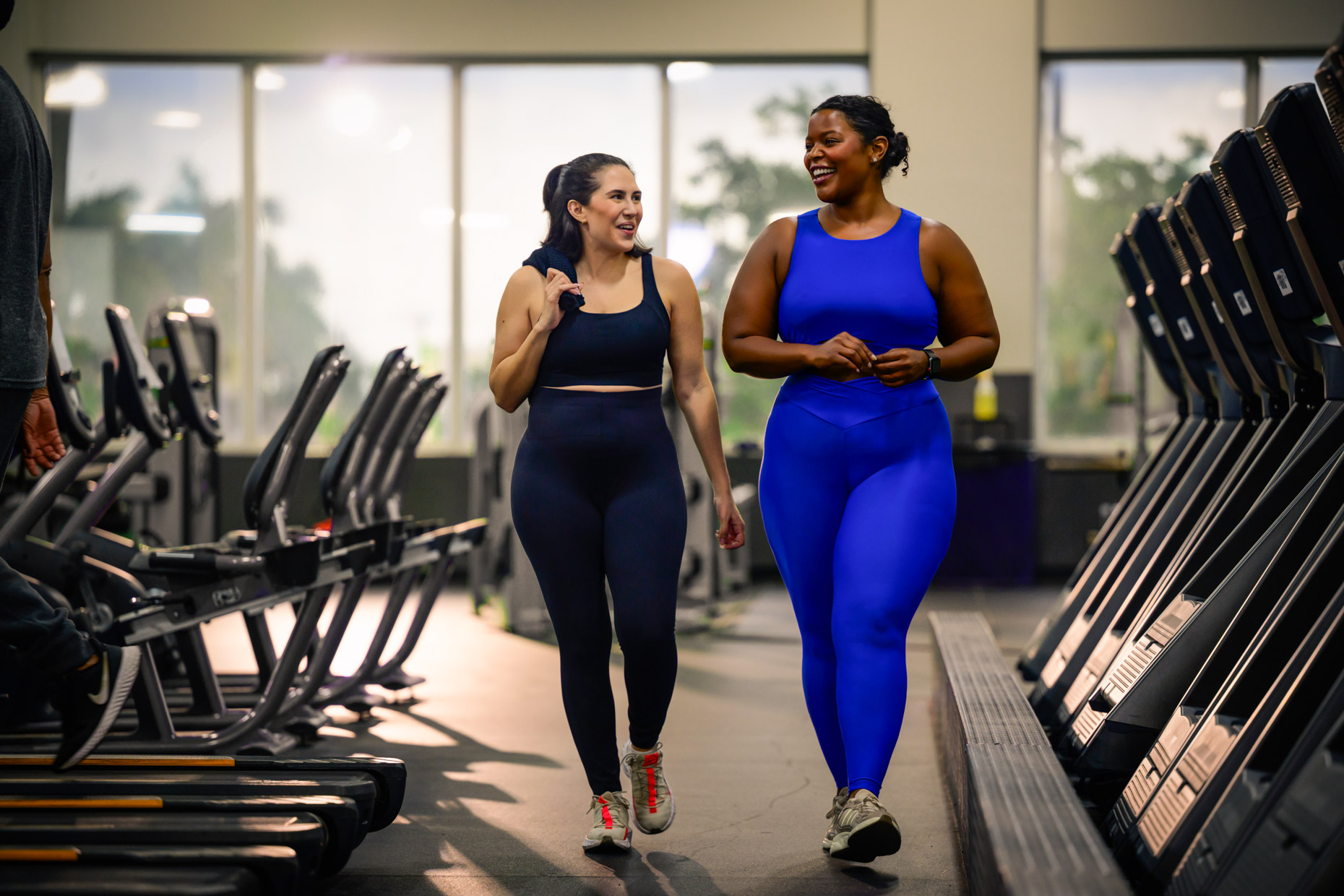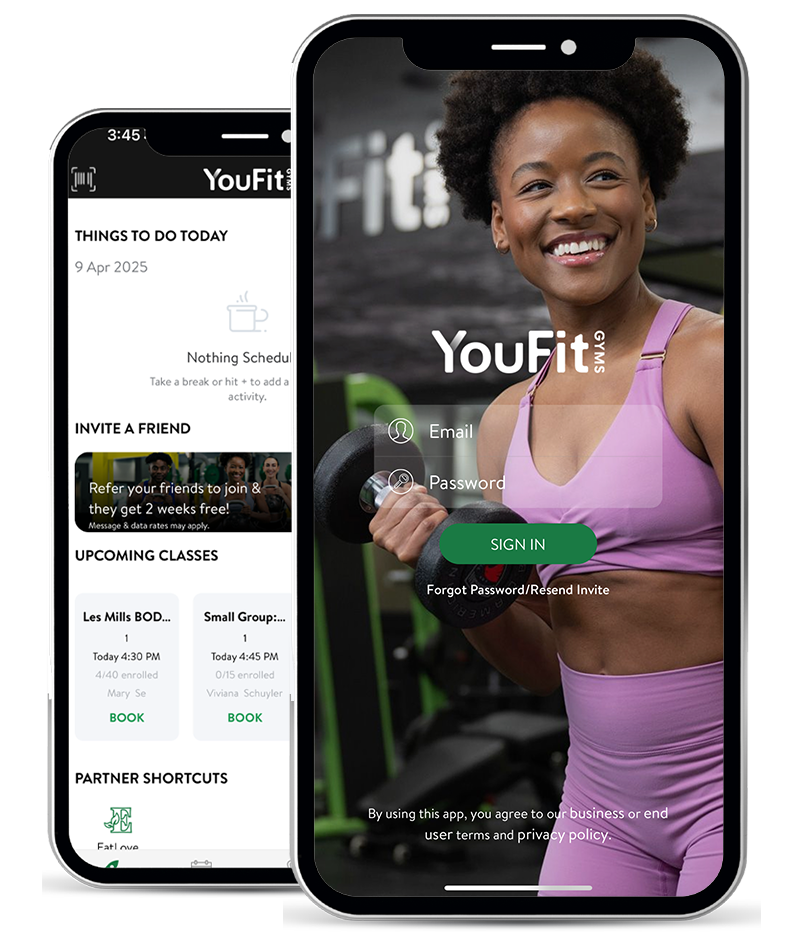For years, my world was measured in plates and percentages. I was a lifter, through and through. My sanctuary was the squat rack, my mantra was “one more rep,” and my progress was charted in the calluses on my hands and the ever-increasing numbers in my training log. I was undeniably strong. I could deadlift more than double my bodyweight and my bench press was respectable. But I was also profoundly, stubbornly stiff.
My hips felt like they were encased in concrete, making a deep squat a constant battle. My shoulders perpetually ached with a dull, grinding pain that made overhead movements a wince-inducing chore. I saw flexibility work as a necessary evil—a few clumsy hamstring stretches held for a breath or two at the end of a session. Yoga? That was for other people. It was “just stretching,” something for the hyper-flexible, not for someone whose primary goal was to build dense muscle and brute strength.
The Turning Point
My turning point came not from an injury, but from a quiet conversation with a trainer I respected. He saw me struggling to get my hips open for a set of squats and said, “All that strength is useless if you can’t get into the right positions to use it. You’re trying to drive a Ferrari with the parking brake on. You should try a yoga class.” Skeptical but desperate, I went. That hour was one of the most humbling and enlightening of my life. I, who could move hundreds of pounds on a barbell, could barely hold a simple Downward-Facing Dog without my shoulders screaming. I wobbled in balancing poses, realizing my stabilizer muscles were asleep. And for the first time, I felt a deep, calming release that no amount of lifting had ever provided. I walked out of that studio not feeling weaker, but with the profound realization that I had only been training half of what it means to be truly strong.
This is for every person who lives by the iron, who loves the clang of weights, but who feels that same nagging stiffness, that same sense of a physical potential that’s just out of reach. It’s time to debunk the myth that yoga is just stretching and discover how it is the single most powerful complement to a serious strength training program.
Redefining Strength: The Critical Difference Between Mobility and Flexibility
To appreciate the benefits of yoga for weightlifting, we first need to upgrade our vocabulary. Lifters often use the term “flexibility” as a catch-all for anything related to stretching, but this misses the bigger, more important picture.
- Flexibility: The Passive Range
Flexibility is the ability of your muscles to passively lengthen. When you sit on the floor and pull your feet toward you to stretch your hamstrings, you are assessing your flexibility. It’s a crucial component of health, but it’s a passive quality. It tells you how long a muscle can get, but it doesn’t say anything about your ability to control that length. - Mobility: The Active, Usable Range
Mobility, on the other hand, is the ability of a joint to actively move through its full range of motion with control. Mobility is flexibility plus strength and stability. Being able to perform a deep, controlled squat requires not just flexible muscles, but mobile hip, knee, and ankle joints, all stabilized by an engaged core. This is an active, usable quality. You can be very flexible without being mobile, but you cannot be truly mobile without adequate flexibility. For a lifter, mobility is the holy grail. It’s what allows you to hit proper depth in a squat, get your arms into an efficient overhead press position, and pull a barbell from the floor without compromising your spine.
Weightlifting, by its nature, involves repetitive movements within a fixed range of motion, which can lead to incredibly strong muscles that are also incredibly tight, limiting joint mobility. Yoga is the perfect antidote, as it systematically moves your joints through their full, intended ranges of motion, unwinding stiffness and restoring fluid movement.
The Biological Deep Dive: How Yoga Rewires the Lifter’s Body
The magic of yoga for a lifter isn’t just in the physical postures; it’s in the profound physiological changes that happen “under the hood,” particularly within the nervous system.
Balancing the Autonomic Nervous System
Lifting weights is a highly “sympathetic” activity. It activates your sympathetic nervous system (SNS), the “fight or flight” response. This is essential for performance—it floods your body with adrenaline, increases your heart rate, and gets you primed to move heavy weight. The problem is, many lifters live in a chronically sympathetic state, always amped up and never fully recovering. Yoga, particularly its focus on deep, controlled breathing, is a powerful activator of the parasympathetic nervous system (PNS), the “rest and digest” system. The PNS is what lowers your heart rate, improves digestion, and signals to your body that it’s safe to relax and repair. By practicing yoga, you are literally training your body to be better at switching from “go” mode to “grow” mode, dramatically enhancing your recovery between sessions.
The Power of the Breath (Pranayama)
Lifters understand bracing, the act of creating intra-abdominal pressure to stabilize the spine. But most rarely practice true diaphragmatic breathing. The slow, deep, belly-focused breathing taught in yoga (pranayama) is a direct line to your PNS. It also strengthens the diaphragm, a key muscle for core stability. A stronger, more efficient diaphragm can actually improve your ability to brace during a heavy lift. Furthermore, the mindful focus on the breath calms the mind, improving the focus and mental clarity needed to approach a heavy PR attempt with confidence.3
Hydrating Your Fascia
Fascia is the web of connective tissue that wraps around every muscle, bone, and organ in your body. Think of it as a single, continuous bodysuit. Healthy fascia is supple and glides smoothly. Heavy lifting, repetitive movements, and a lack of varied motion can cause this fascia to become dense, “sticky,” and dehydrated, leading to feelings of stiffness and restricted movement. The combination of dynamic movements and long, sustained holds in yoga helps to “unstick” these fascial layers, hydrating the tissue and restoring its natural glide. This is often where lifters feel the most immediate and profound relief.
Enhancing Body Awareness (Proprioception and Interoception)
Yoga is a masterclass in body awareness.4 Proprioception, your sense of where your body is in space, is challenged and honed through balancing poses. This improved sense of balance translates directly to greater stability in single-leg movements and split-stance lifts. Just as importantly, yoga cultivates interoception, which is the sense of your body’s internal state. By tuning into the subtle sensations of a stretch or the feeling of your breath, you get better at listening to your body’s signals. This can be the difference between pushing through a healthy challenge and pushing through a warning sign of an impending injury.
The mind-body connection is not just a buzzword; it’s the key to unlocking a new level of performance and longevity in your lifting career. Experience this connection firsthand in a YouFit Gyms yoga class. Discover a new dimension of strength with a complimentary three-day pass!
The Lifting and Yoga Toolkit: Essential Poses to Unlock Your Potential
You don’t need to become a master yogi to reap the rewards. Integrating a few key poses into your routine can make a world of difference. Focus on how the pose feels, not how it looks.
Downward-Facing Dog (Adho Mukha Svanasana)
Why it’s for Lifters: This is a full-body reset. It opens up the entire posterior chain (hamstrings, calves, glutes) which gets tight from deadlifts and squats. It also provides an incredible stretch for the lats and shoulders, decompressing the spine and improving your overhead position.
How to Do It: Start on your hands and knees. Tuck your toes, lift your hips up and back, forming an inverted “V” shape. Press firmly through your hands, keeping your head between your upper arms. Gently “pedal” your feet to deepen the stretch in your calves.
Cat-Cow (Marjaryasana/Bitilasana)
Why it’s for Lifters: Lifters often suffer from a stiff thoracic spine (mid-back) due to heavy pressing and pulling. Cat-Cow gently mobilizes this area, improving posture and shoulder health.
How to Do It: From all fours, inhale as you drop your belly and lift your chest and tailbone (Cow). Exhale as you round your spine, tucking your chin and pressing the mat away (Cat).
Pigeon Pose (Eka Pada Rajakapotasana)
Why it’s for Lifters: This is the ultimate hip opener for lifters. It provides a deep stretch for the hip rotators and glutes (like the piriformis), which can become incredibly tight from squatting and deadlifting, often contributing to lower back pain.
How to Do It: From Downward-Facing Dog, bring your right knee forward towards your right wrist, angling your shin across the mat. Extend your left leg straight behind you. Keep your hips square and either stay upright or fold forward over your front leg.
Low Lunge (Anjaneyasana)
Why it’s for Lifters: We spend so much time sitting, and then we squat, both of which shorten the hip flexors. A low lunge provides a deep, targeted stretch for the hip flexor of the back leg, which can improve your squat depth and reduce lower back strain.
How to Do It: From a lunge position, drop your back knee to the ground. Keeping your front knee over your ankle, press your hips forward and down until you feel a stretch in the front of your back hip. You can raise your arms overhead to deepen the stretch.
Child’s Pose (Balasana)
Why it’s for Lifters: This is the ultimate recovery pose. It gently stretches the hips, thighs, and ankles while relaxing the muscles of the back. It’s also a powerful tool for calming the nervous system after a tough session.
How to Do It: Kneel on the floor, sit back on your heels, and fold forward, resting your forehead on the mat. Your arms can be extended in front of you or resting alongside your body.
The dedicated stretching and studio spaces at YouFit Gyms are the perfect environment to practice these poses and find your focus. Take the time to truly recover and explore these movements with a complimentary three-day pass!
Frequently Asked Questions (FAQ)
Q: I’m not flexible at all. Can I still do yoga?
A: Saying you’re “not flexible enough” for yoga is like saying you’re “too dirty” to take a shower. It’s the very reason you should start! Yoga is a practice, not a performance. A good instructor will offer modifications for every pose. The goal is not to look like the person on the mat next to you, but to work with and improve your own body’s unique range of motion.
Q: Will yoga make me weaker or interfere with my muscle gains?
A: This is a common myth. Yoga will not make you weaker; it will make you more resilient. By improving your mobility, you’ll be able to get into better positions for your lifts, which allows for more efficient force production and can actually lead to new strength gains. By enhancing your recovery through the parasympathetic nervous system, you’re creating a better hormonal environment for muscle growth. Yoga and lifting are a synergistic pair.
Q: How often should a weightlifter practice yoga?
Even one dedicated 30-60 minute session per week can make a significant difference. Alternatively, you can incorporate 10-15 minutes of yoga-inspired mobility work into your warm-ups or cool-downs. The key is consistency.
What’s the best style of yoga for lifters?
A: For beginners and those focused on recovery and deep stretching, a slower-paced Hatha or a Yin Yoga class is excellent. Vinyasa yoga links breath to movement in a more flowing, dynamic style, which can be great for building body awareness and endurance. The best approach is to try a few different styles and see what resonates most with your body and your goals.
Q: Can yoga replace my regular stretching and foam rolling?
A: It can serve a similar purpose, but it’s much more comprehensive. While static stretching targets muscle length and foam rolling addresses fascial adhesions, yoga does both of those things while also improving joint mobility, balance, breath control, and nervous system regulation. It’s a far more efficient and holistic approach to improving how you move and feel.
Yoga doesn’t take away from your strength; it unlocks it. It’s the practice that ensures your body can continue to handle the demands of heavy lifting for years to come, keeping you powerful, mobile, and resilient. This isn’t about choosing one or the other. It’s about recognizing that the path to your strongest self runs through both lifting and yoga — both the iron and the asana.
Ready to build a more complete and resilient body? The journey begins with a single class. Embrace the synergy of strength and mobility and get your complimentary three-day pass to YouFit Gyms today!

